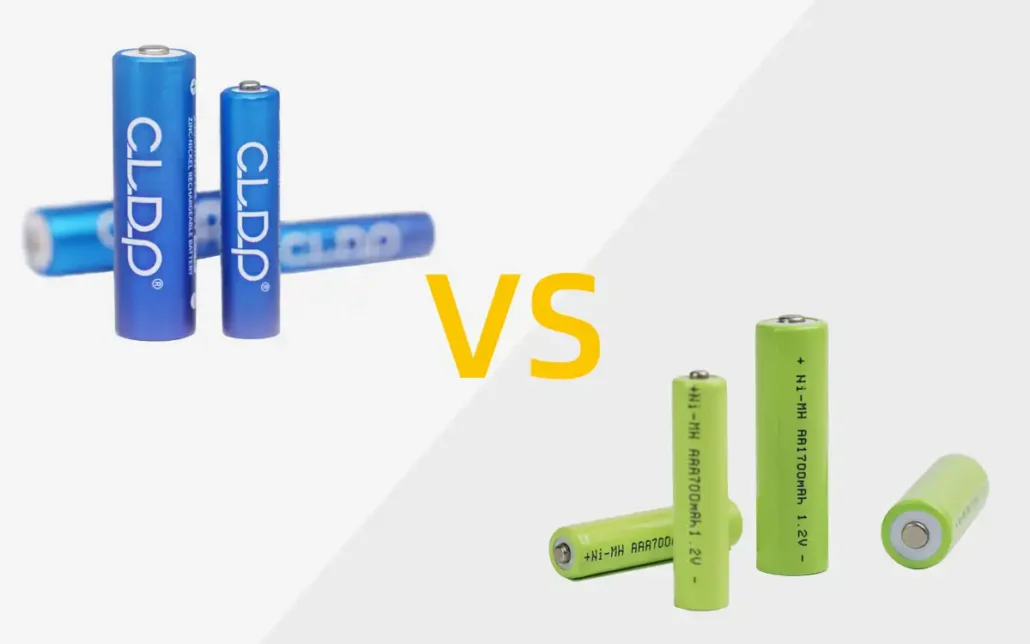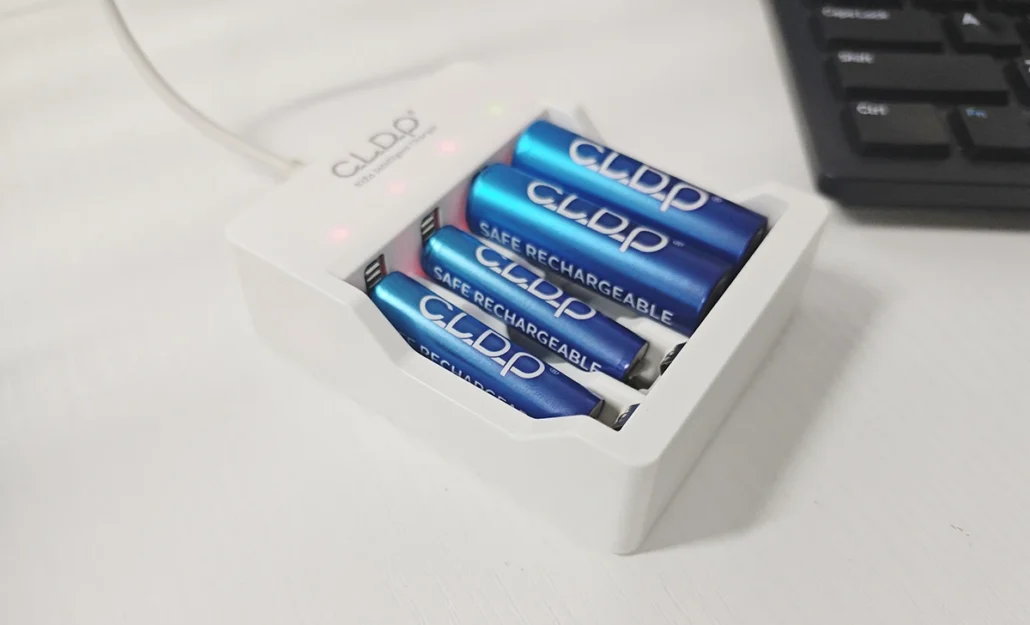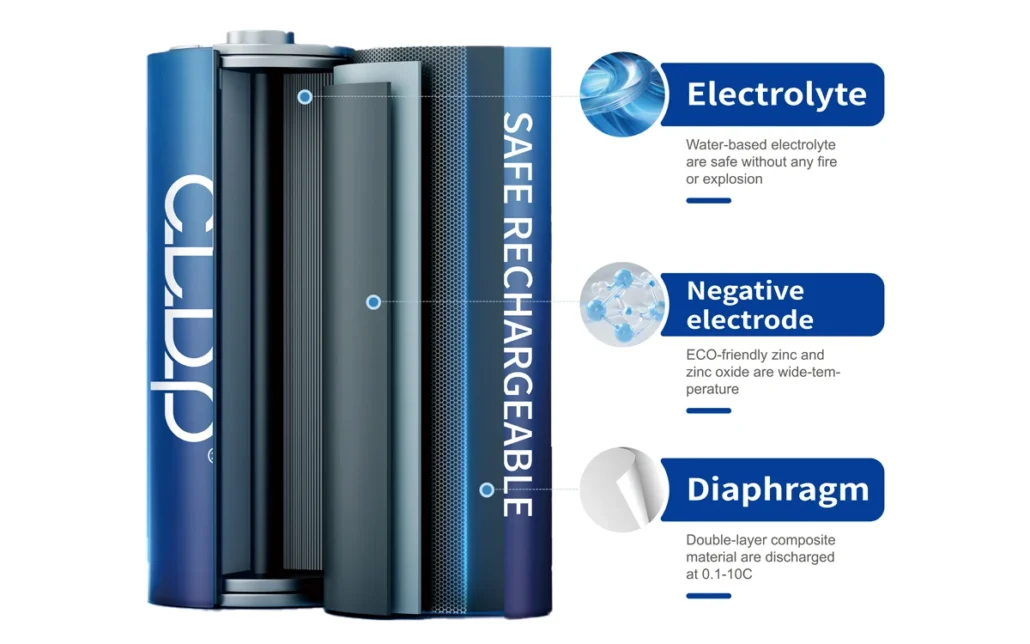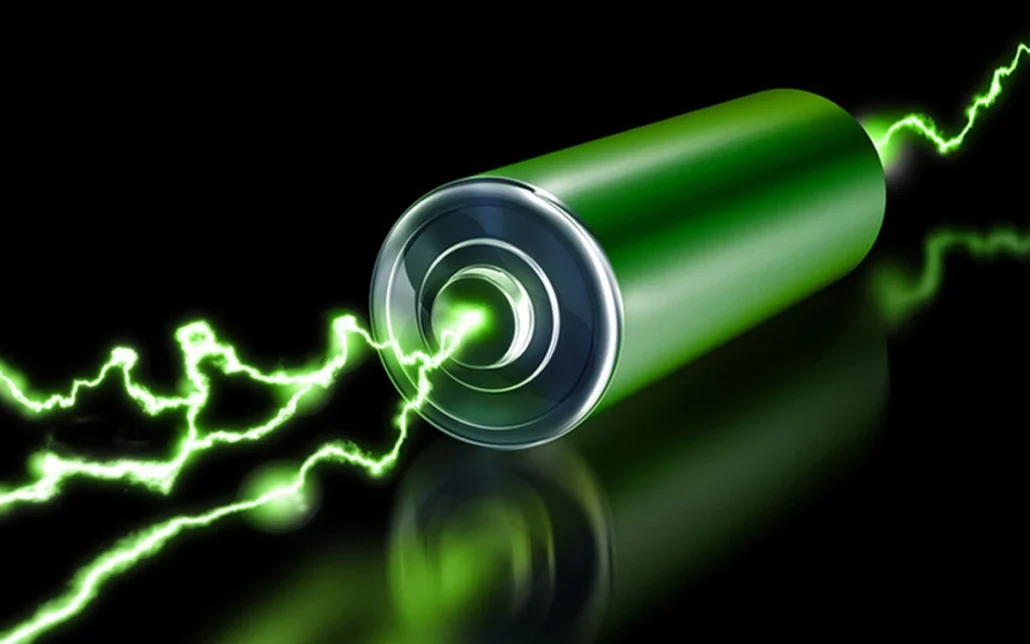Zinc-nickel batteries (Zn-Ni) and nickel-metal hydride batteries (NiMH) differ in many aspects, including chemical composition, performance characteristics, application range, and their respective advantages and disadvantages.
Chemical composition
Zinc-nickel batteries: use zinc (Zn) as the negative electrode material and nickel hydroxide (Ni(OH)₂) as the positive electrode material.
NiMH batteries: use hydrogen storage alloys (such as LaNi₅ or similar AB₅ type alloys) as negative electrode materials and nickel hydroxide (Ni(OH)₃, Ni(OH)₂ in the discharged state) as positive electrode materials.
Voltage characteristics
Zinc-nickel batteries: The nominal voltage is 1.6V, which is higher than the voltage of NiMH batteries and closer to traditional disposable alkaline batteries (1.5V), which makes zinc-nickel batteries more suitable for applications designed to use disposable batteries but require rechargeable solutions.
Nickel-metal hydride battery: The nominal voltage is 1.2V, which is significantly lower than that of zinc-nickel battery. Because of its more mature technology, it is widely used in many portable electronic devices.

Performance characteristics
Zinc-nickel battery:
High operating voltage, suitable for high power output.
Low self-discharge rate.
No memory effect.
Higher safety, will not burn or explode even under extreme conditions.
Nickel-metal hydride battery:
Low operating voltage, suitable for low-power electrical equipment.
Relatively high self-discharge rate.
Long service life.
It appeared early and has better applicability to electrical appliances on the market.
Application field
Zinc-nickel battery: Due to its high voltage and high current discharge capacity, it is suitable for smart home devices, power tools, digital cameras and other places that require stable high voltage power supply.
Nickel-metal hydride battery: Commonly used in portable electronic products, wireless phones, remote controls and other fields, especially in places where low current and low voltage are required.
Cost and environmental protection
Zinc-nickel battery: The manufacturing cost may change due to technological advances. In general, the material cost is lower and it is more environmentally friendly because they do not contain heavy metals that are harmful to the environment.
NiMH batteries: Initial costs may be high, especially for low-priced products.
In summary, the type of battery to choose depends on the specific application requirements, such as the required voltage level, expected operating environment conditions, safety requirements, and economic factors.




